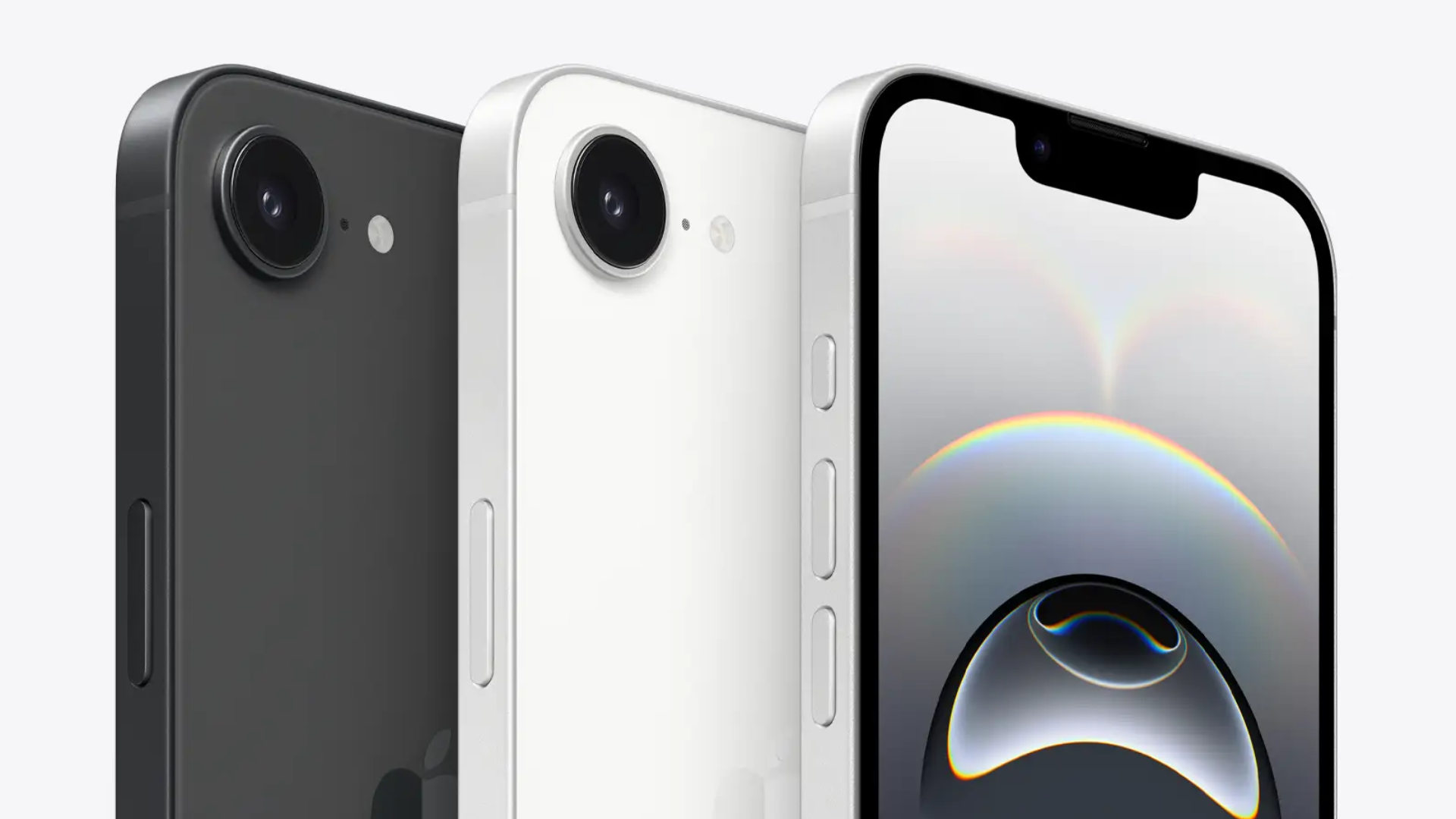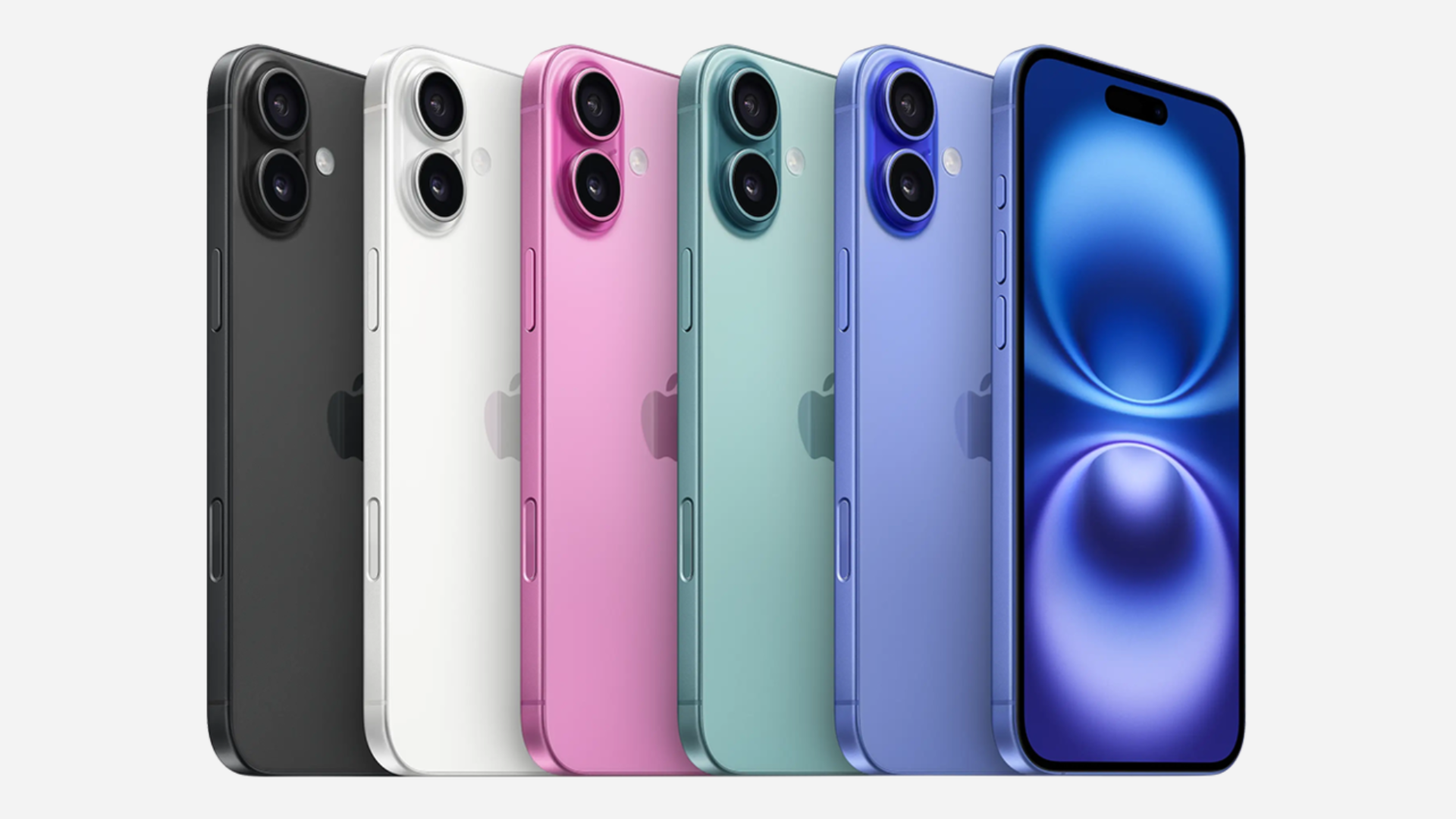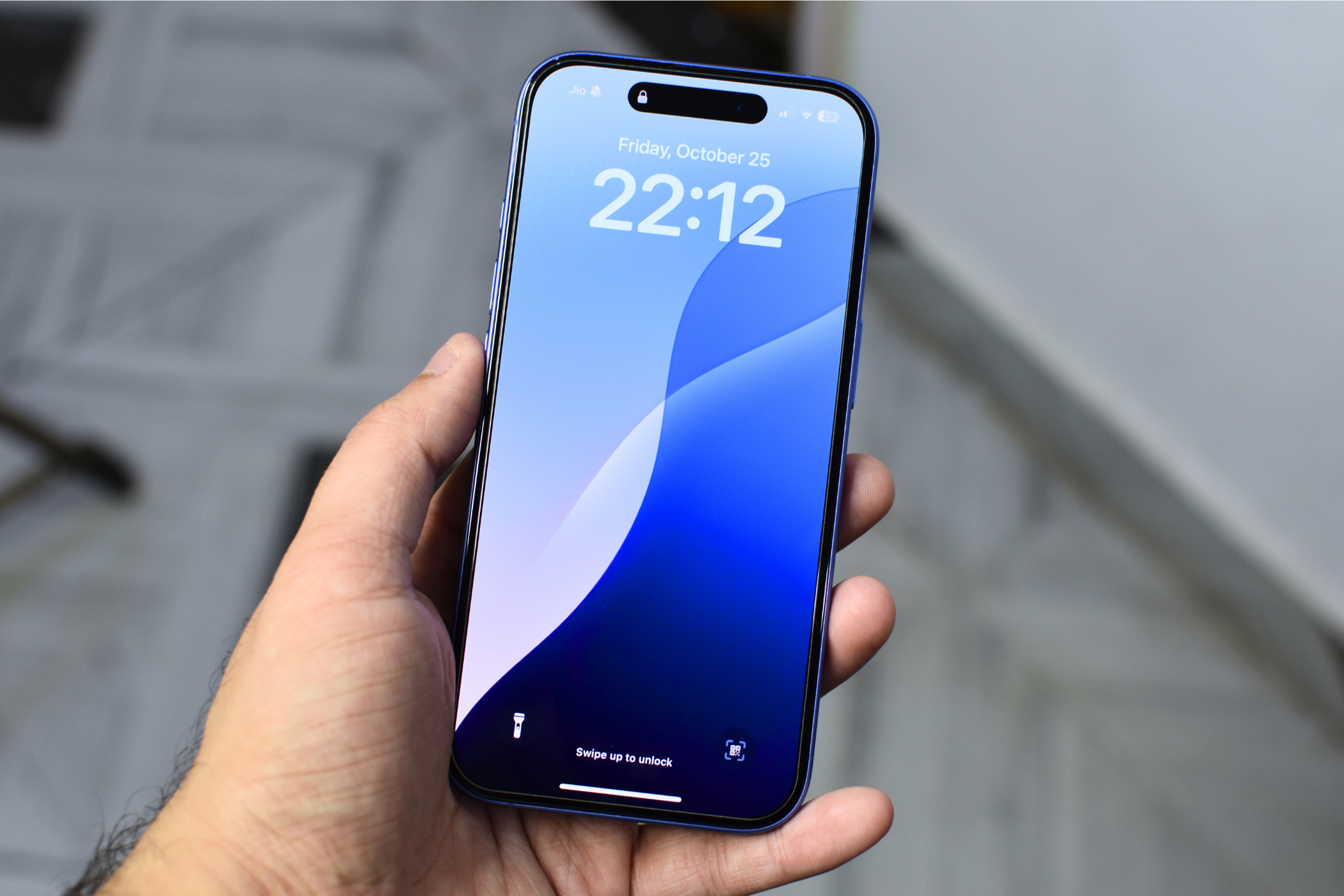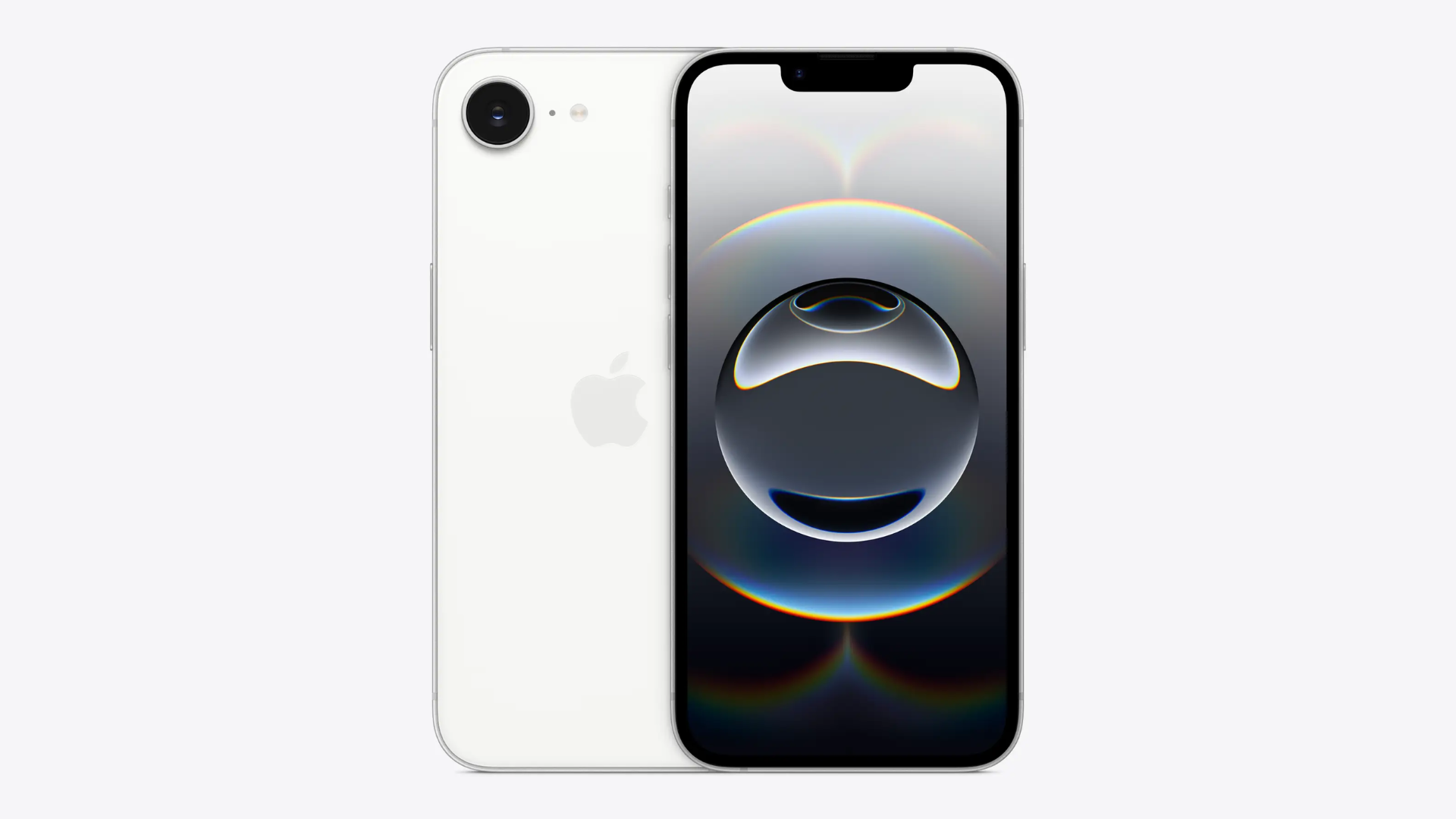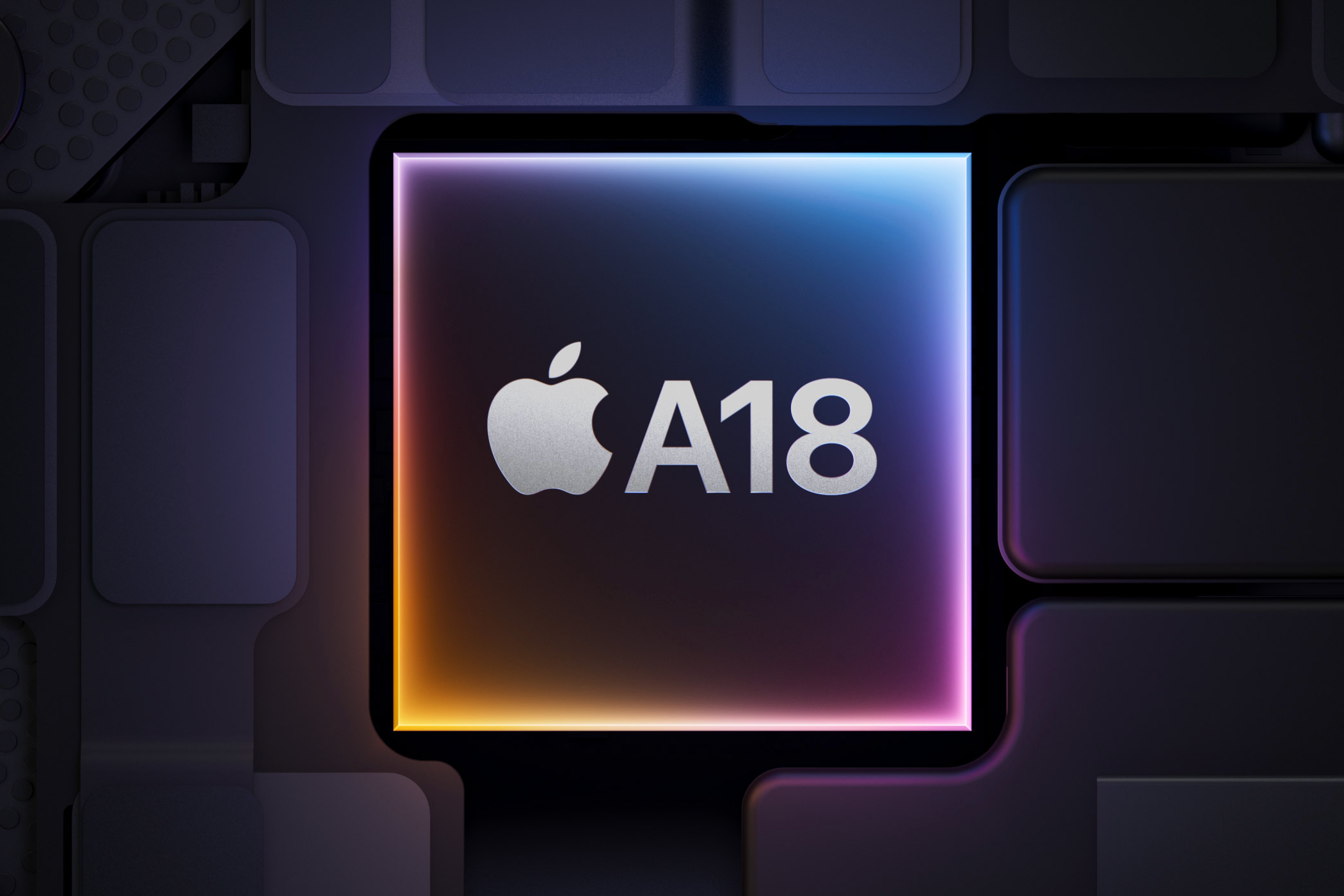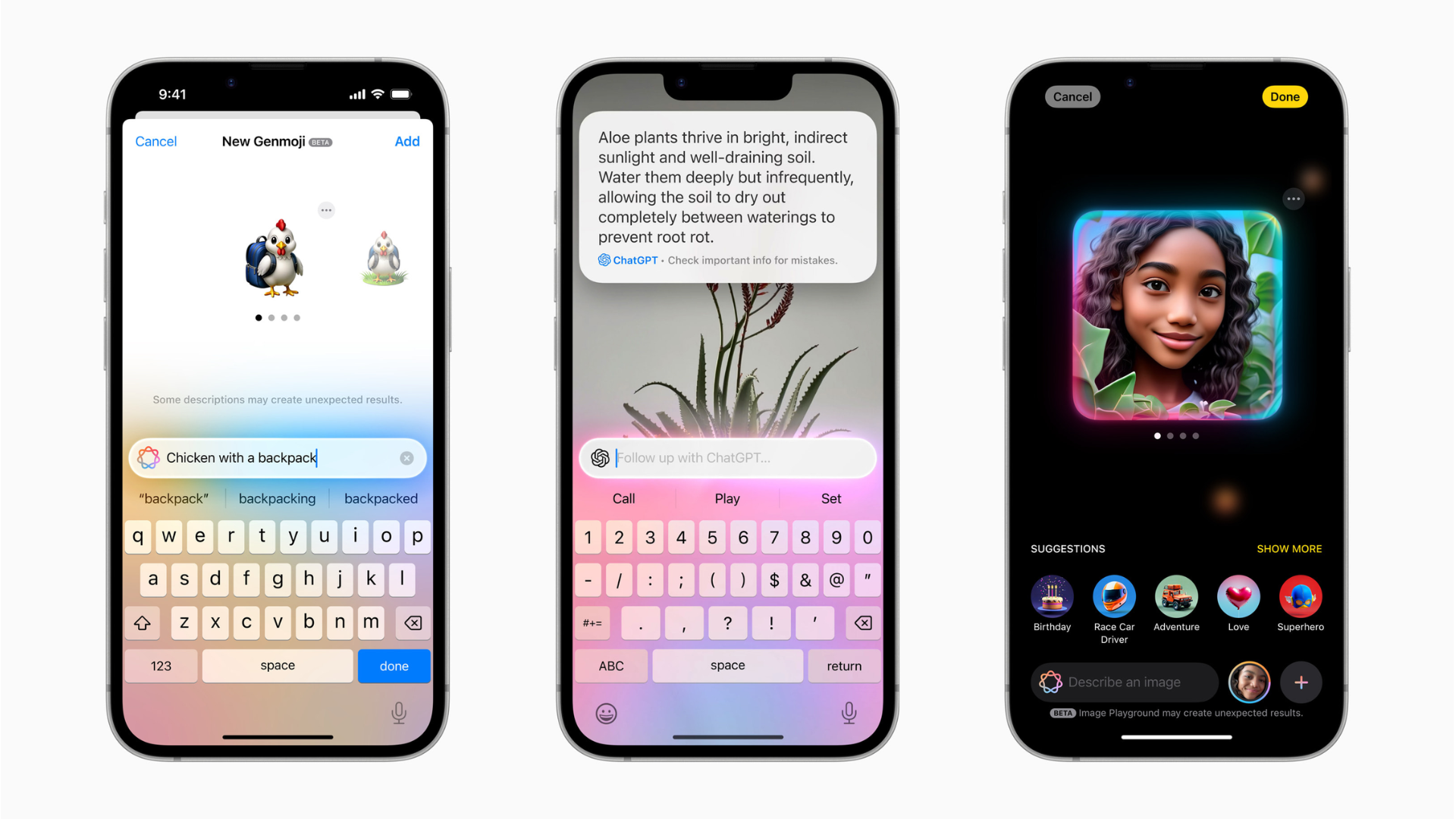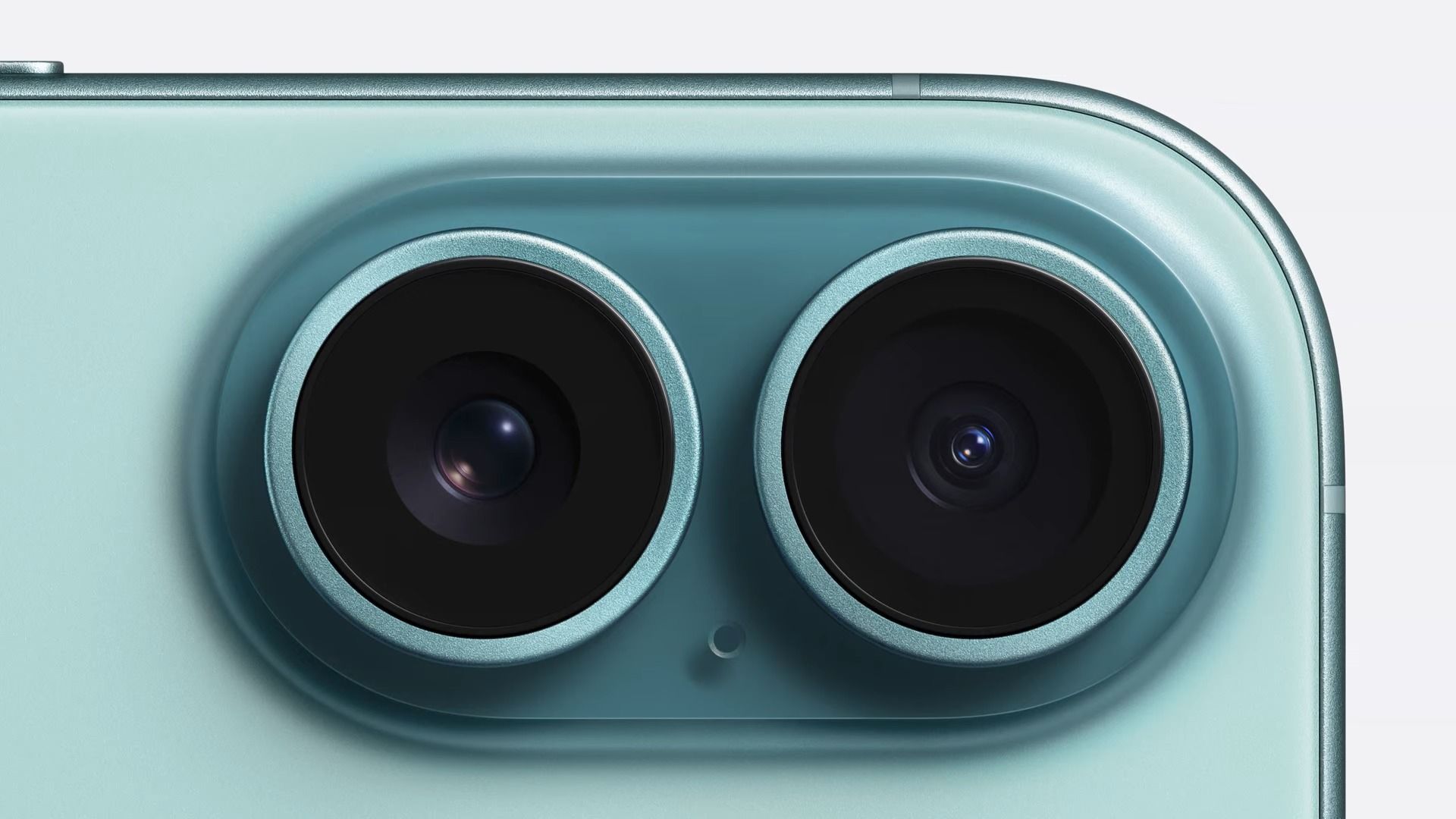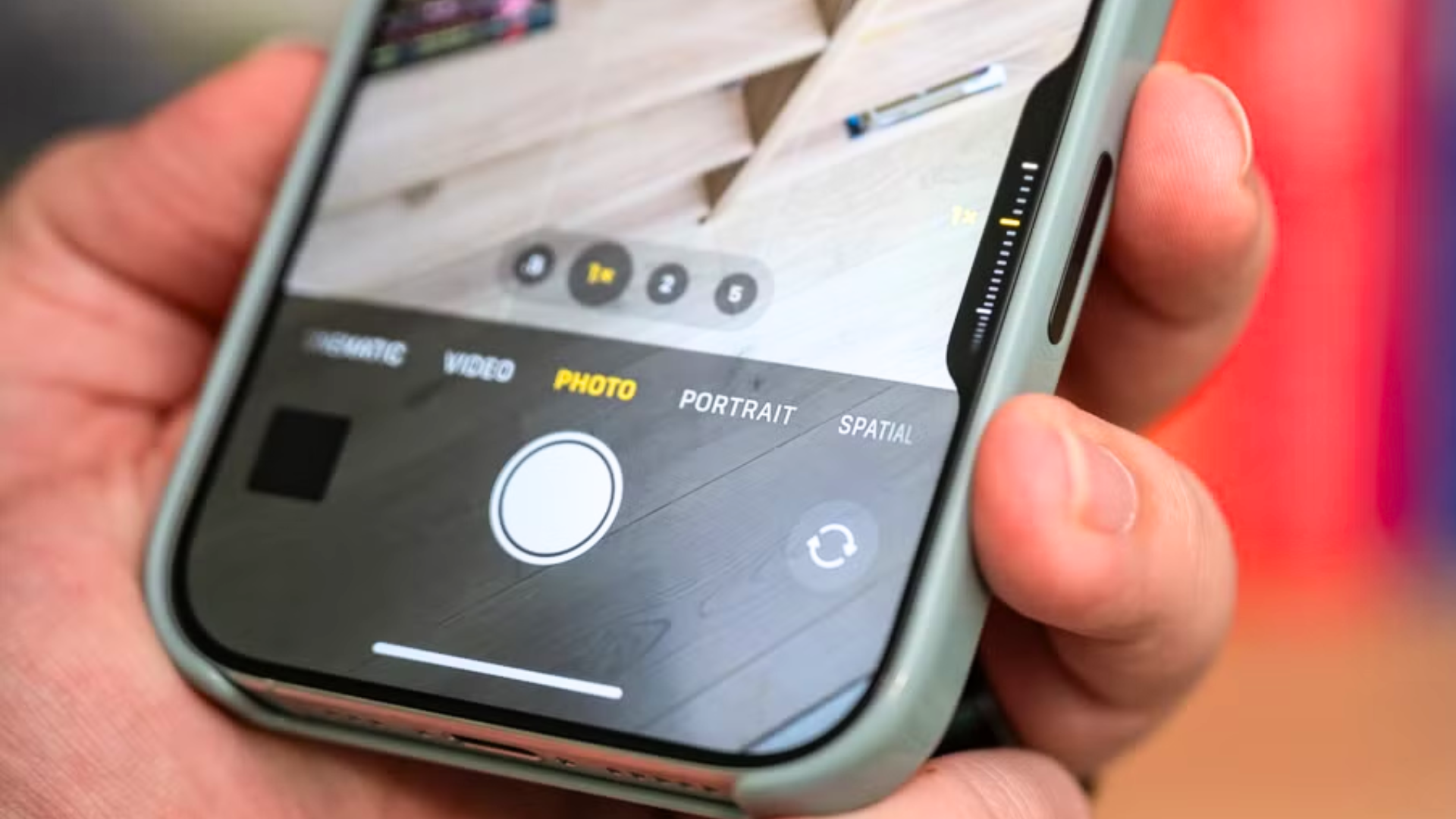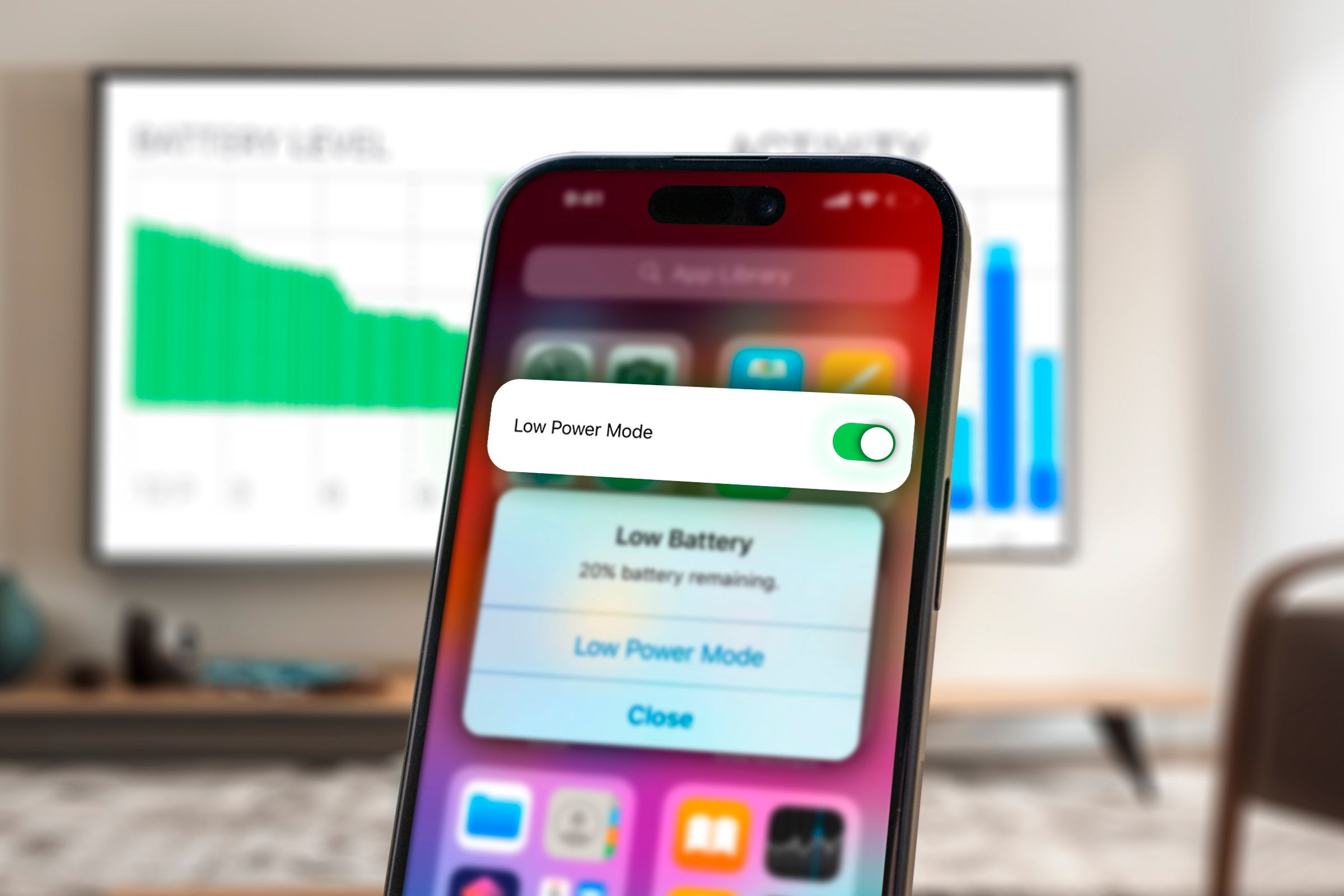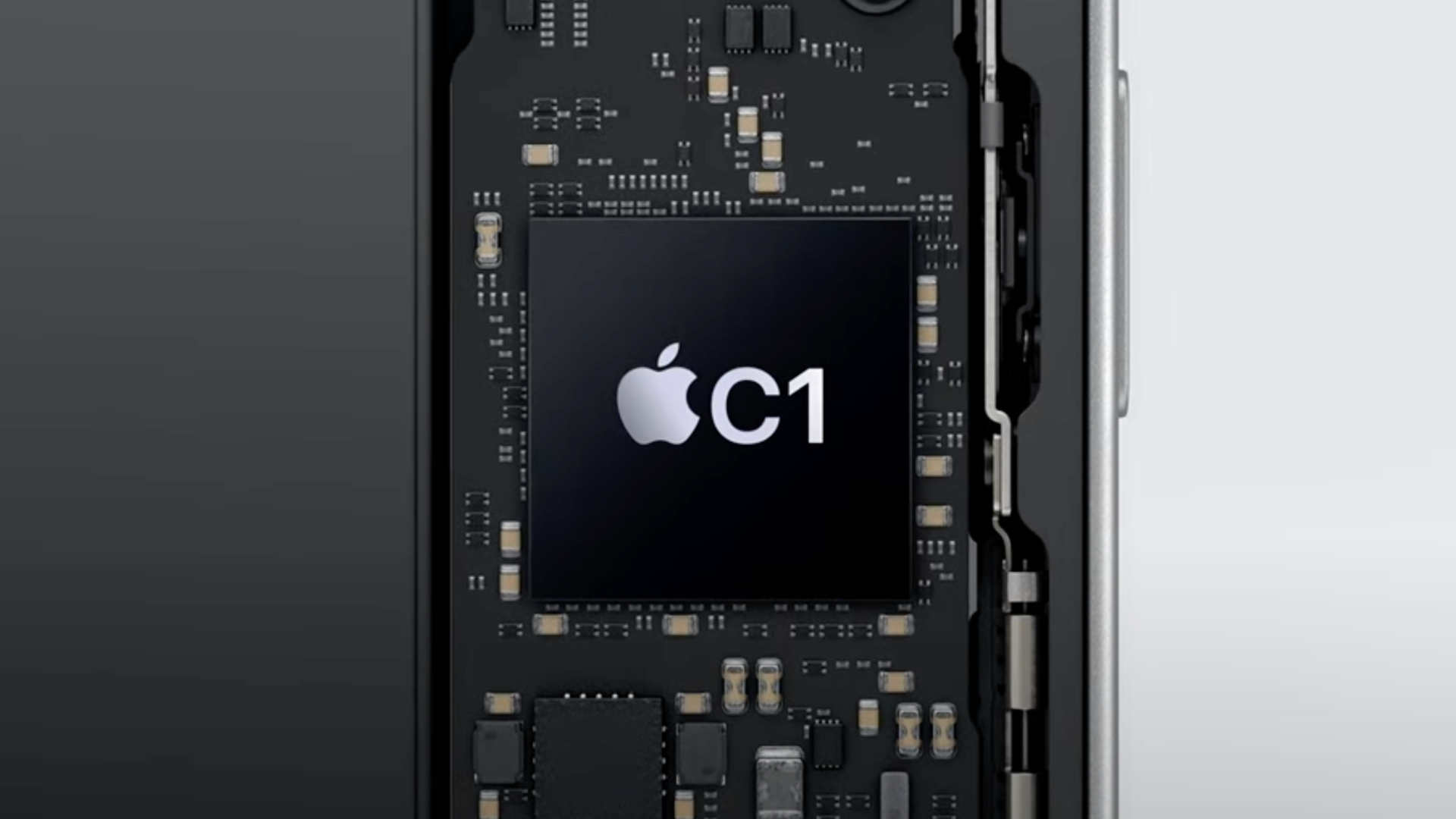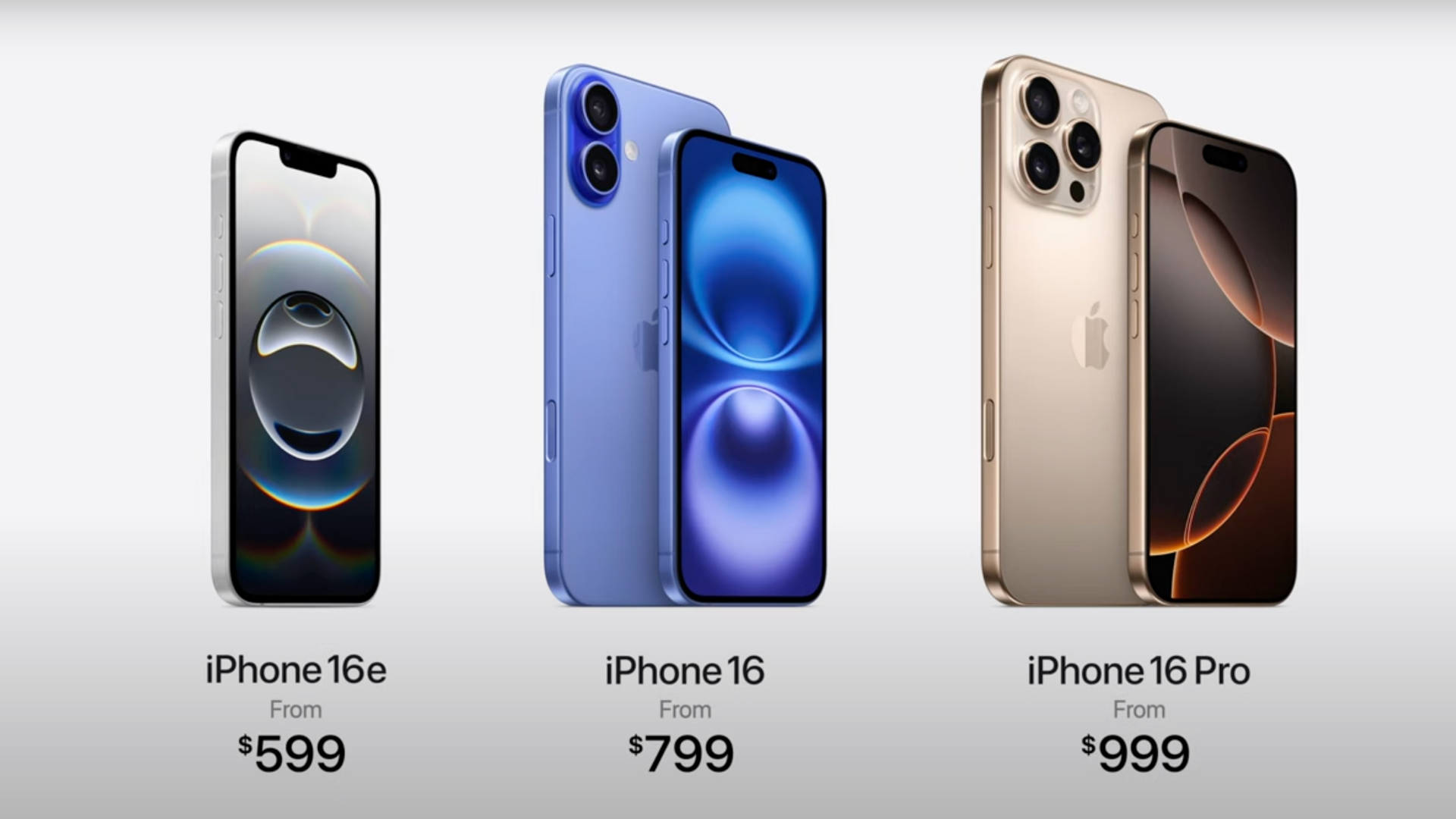Summary
- The new iPhone 16e is similar to the iPhone 16 in more ways than one, including the powerful A18 chip.
- On the other hand, the iPhone 16 offers more in terms of an extra GPU core, better camera system and more convenient ways to charge..
- Given that the iPhone 16e starts at $599, it seems to offer more value than the iPhone 16 but the devil’s in the details and what is most important to you.
Apple just introduced the new iPhone 16e (not the iPhone SE 4), with an A18 chipset and Apple Intelligence, making it sound similar to the baseline iPhone 16. However, there are a few critical differences that you should know about before making a decision.
iPhone 16e Has a Notch at the Front
When you hold the iPhone 16e in your hand, the first thing you’ll notice is the return of the notch at the top (like the one on the iPhone 14). The glass back panel houses a single camera sensor in the top left corner (like the iPhone Xr).
In comparison, the iPhone 16 has the Dynamic Island on the front (a pill-shaped interactive notch) and a vertically-stacked dual camera setup on its color-infused glass back.
Speaking of the color-infused glass back, the iPhone 16 is available in five colors: Ultramarine, Teal, Pink, White, and Black, while the iPhone 16e only comes in Black and White shades (and it’s not color-infused).
In terms of dimensions, the iPhone 16e is a tiny bit shorter and every-so-slightly narrower than the regular iPhone 16, differences that are negligible. The cheaper iPhone measures three grams less on the weighing scale as well.
Regarding buttons, the iPhone 16e gets the Action Button (which replaces the alert slider on the iPhone SE 3) but lacks the Camera Control button found on the iPhone 16. Beyond this, though, both phones share certain similarities.
For instance, both phones have an aluminum frame, Ceramic Shield front glass (latest-generation on the iPhone 16), a glass back (frosted glass on the iPhone 16), a shiny Apple mascot in the back panel’s center, and an IP68 rating (maximum depth of 6m for up to 30 minutes).
iPhone 16 Offers a Brighter (and Slightly Bigger) Screen
The iPhone 16e has a 6.1-inch Super Retina XDR OLED screen with a resolution of 2532 x 1170 pixels (460 ppi) and achieves a peak brightness of 1,200 nits while viewing HDR content.
Even though the iPhone 16 also has a 6.1-inch Super Retina XDR OLED screen with a similar resolution (2556 x 1179) and pixel density, it is significantly brighter at 1,600 nits (for HDR content). Outdoors, the display reaches a peak brightness of 2,000 nits; indoors, it can come down to a nit.
And yes, both phones still support only a 60Hz refresh rate, which is downright upsetting. On the brighter side, the cutout on the iPhone 16e accommodates all the required Face ID sensors.
While Apple markets both phones as having a 6.1-inch screen, the iPhone 16e’s screen measures 6.06 inches diagonally, less than that of the iPhone 16 (6.12 inches). The company also mentions that the “Actual viewable area is less” than the diagonal measurement.
Given that the iPhone 16e has thicker bezels and is shorter, I’m sure it has a slightly smaller screen than the baseline flagship (something that is also evident in the resolution mentioned above).
Besides that, both displays have the True Tone feature, support a wide color gamut (P3), a 2,000,000:1 contrast ratio, and a fingerprint-resistant oleophobic coating.
Both iPhones Feature the A18 Chipset (But There’s a Catch)
On the surface, both iPhones feature Apple’s latest, most powerful, and most efficient mobile chipset: the A18 chip with a six-core CPU (two performance and four efficiency cores). However, Apple has toned down the GPU on the iPhone 16e a bit.
The iPhone 16e has a four-core GPU instead of a five-core GPU like the iPhone 16. Yes, Apple uses fancy terms like “hardware-accelerated ray tracing” for the cheaper iPhone. However, the lack of a GPU core can still be noticeable when playing AAA video games or generating images via Image Playground.
I’m waiting for the iPhone 16e benchmark scores to show up to determine how much of an impact the missing GPU core could have on the graphical performance. The iPhone 16e and the iPhone 16 pack 8GB of memory, but that’s primarily to handle all the Apple Intelligence features. Regarding storage, both iPhones have 128GB, 256GB, and 512GB options.
iOS 18 and Apple Intelligence
On the software side, the iPhone 16e will ship with iOS 18 out of the box. It provides a similar user experience as the iPhone 16 and supports all the Apple Intelligence features, such as Writing Tools, Image Playground, and ChatGPT-integrated Siri.
You might think the iPhone 16e lacks Visual Intelligence because it doesn’t have a Camera Control button, but that’s not true. Like the iPhone 16, the iPhone 16e has a visual search feature that combines the utilities of Google Lens and ChatGPT. Based on this theory, the feature should also be available on the older iPhone 15 Pro model, right?
Apple launched the iPhone 16e in the same cycle as the iPhone 16 and features the same hardware combination (A18 chip with 8GB of RAM). Hence, it should get the same software support as the iPhone 16, in my opinion.
iPhone 16 Provides a Superior Camera Setup
No, the iPhone 16e does not entirely borrow the iPhone 16’s primary camera. Let me explain.
The iPhone 16 has a 48MP (f/1.6, 26mm) primary camera with sensor-shift stabilization, which is better than regular optical image stabilization. Though the iPhone 16e has the same camera sensor, it settles with slightly inferior optical image stabilization. On the brighter side, you can shoot high-resolution pictures (at 24MP or 48MP) from both phones.
Besides the primary camera, the iPhone 16 has a 12MP (f/2.2) ultrawide camera with a 120° field of view. Since the sensor has autofocus, it doubles as a macro shooter with a minimum focusing distance of 2cm.
Additional camera features on the more expensive iPhone include a Camera Control button, latest-generation Photographic Styles, next-generation portraits with focus control, and the ability to record Spatial photos and videos (which can be viewed on the Vision Pro headset).
Video recording abilities differ slightly too. While both can record 4K Dolby Vision videos at up to 60 fps, the official spec sheet for the iPhone 16e doesn’t mention anything about Cinematic Mode or Action Mode, implying that they aren’t there.
Even so, the iPhone 16e features Spatial Audio recording and wind noise reduction, as well as the new Audio Mix feature, which helps curb background noises and enhance vocals in a video.
iPhone 16e Offers Better Battery Life
Apple claims that the iPhone 16e can provide up to 26 hours of video playback, four hours (or about 18%) more than the iPhone 16. The iPhone 16e’s audio playback rating is also higher than the flagship’s (90 hours vs. 80 hours).
Both phones also support fast wired charging (up to 50% in 30 minutes with a 20W or higher adapter). The downside is that the iPhone 16e doesn’t support 25W MagSafe charging. Instead, it gets non-magnetic Qi wireless charging (at only 7.5w).
iPhone 16e Features Apple’s First In-House Modem
The ‘economical’ iPhone features a component that represents six years of research and development for the company: its first cellular modem called C1. Apple claims that it is the “most power-efficient modem ever on an iPhone, delivering fast and reliable 5G cellular connectivity.” This should explain the battery life bump on the iPhone 16e.
While the modem supports sub-6GHz 5G, it seems to have dropped the support for mmWave connectivity. Further, the C1 modem comes equipped with Wi-Fi 6, which means slower upload and download speeds compared with Wi-Fi 7 on the iPhone 16.
Apple’s C1 modem sounds promising, but I’ll remain concerned about its effectiveness against Qualcomm’s X71 5G modem. Questions like how good cellular reception is, what the maximum download/upload speed is, and how efficient the modem is under prolonged usage (or in areas where it’s hard to get reception) remain unanswered at the moment.
While both the iPhone 16e and the iPhone 16 come with dual eSIM support, a USB-C port (up to 480 Mbps), Bluetooth v5.3, and NFC with reader mode, the latter also features a second-generation ultra-wideband chip that enables Precision Finding for supported Apple devices. Last but not least, Emergency SOS via Satellite is available on both iPhones.
iPhone 16 Costs $200 More Than the iPhone 16e
The iPhone 16e’s baseline variant, with 128GB of storage, costs $599. It is currently up for pre-orders on the official website and will be available in stores starting February 28, 2025.
The iPhone 16, on the other hand, costs $799 for the 128 GB storage variant. It is available through the company’s official website and other retailers, such as Best Buy and Walmart.
|
iPhone 16e |
iPhone 16 |
|
|
128GB |
$599 |
$799 |
|
256GB |
$699 |
$899 |
|
512GB |
$899 |
$999 |
-
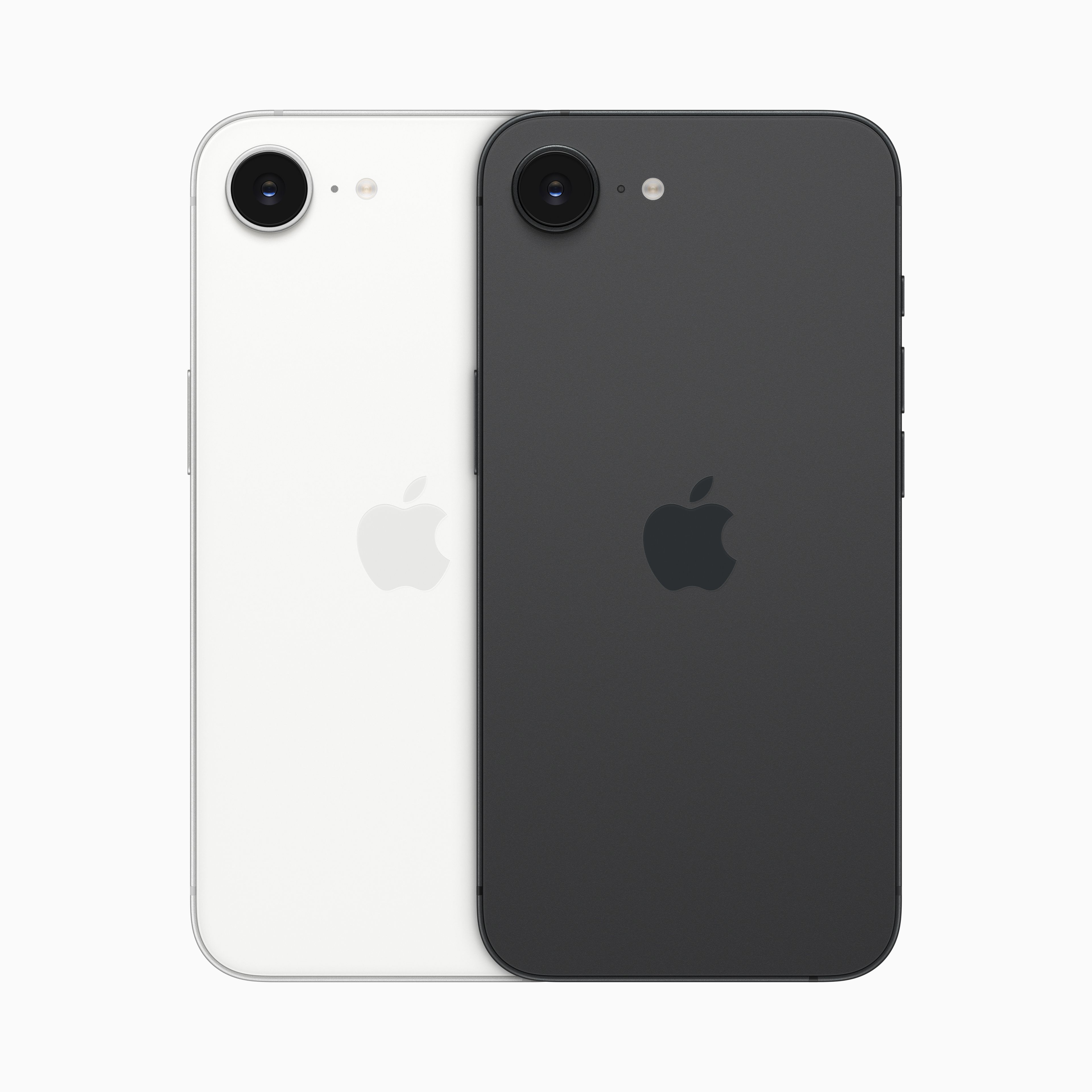
iPhone 16e
The iPhone16e is an affordable addition to the iPhone 16 line, costing $200 less than the base iPhone 16.
-
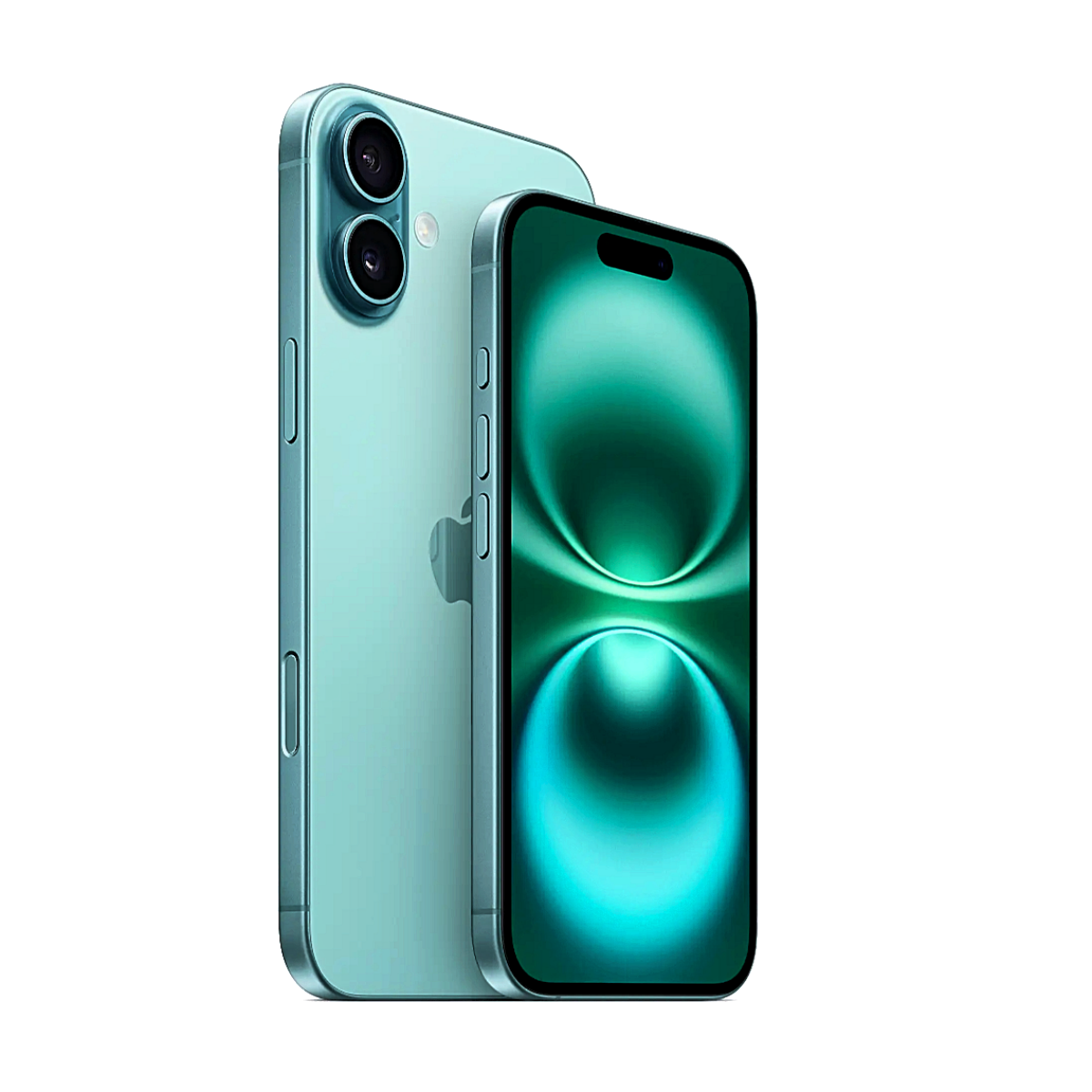
Apple iPhone 16
Apple’s newest iPhone featuring a camera button, programmable action button, and artificial intelligence features.
The big thing stopping me from recommending the iPhone 16e is the C1 modem. While the Qualcomm modems on the iPhone have performed well, Apple’s own tech is as-yet unproven.
In totality, we are looking at a few key features that the iPhone 16e misses out on: Dynamic Island, Camera Control, the 12MP ultrawide sensor, a slightly more powerful GPU in the A18 chip, MagSafe charging, and mmWave connectivity. If you’re willing to trade them for a $200 discount, the iPhone 16e offers great value.
However, if you want all those features, the iPhone 16 is the better option. If you’re really looking for a chance to save some money on an iPhone, you might have to look at the used or refurbished iPhone market.


